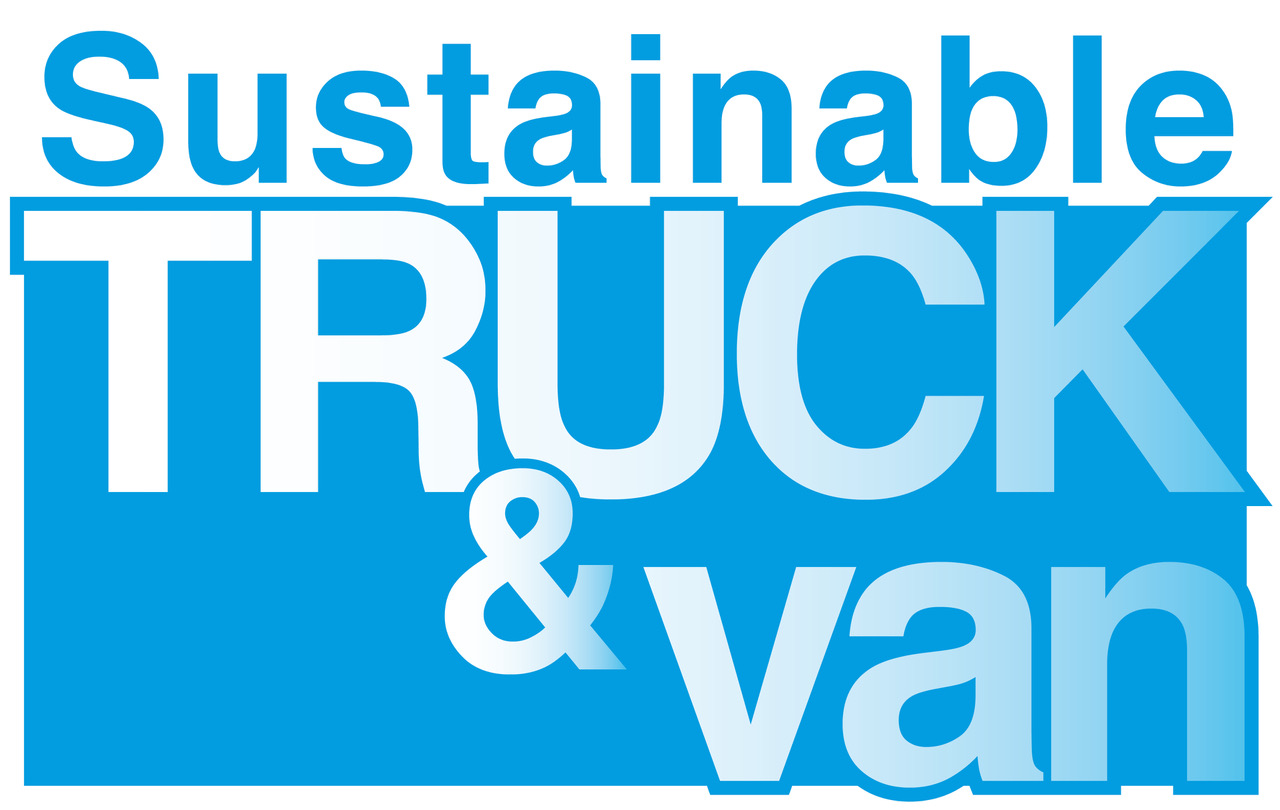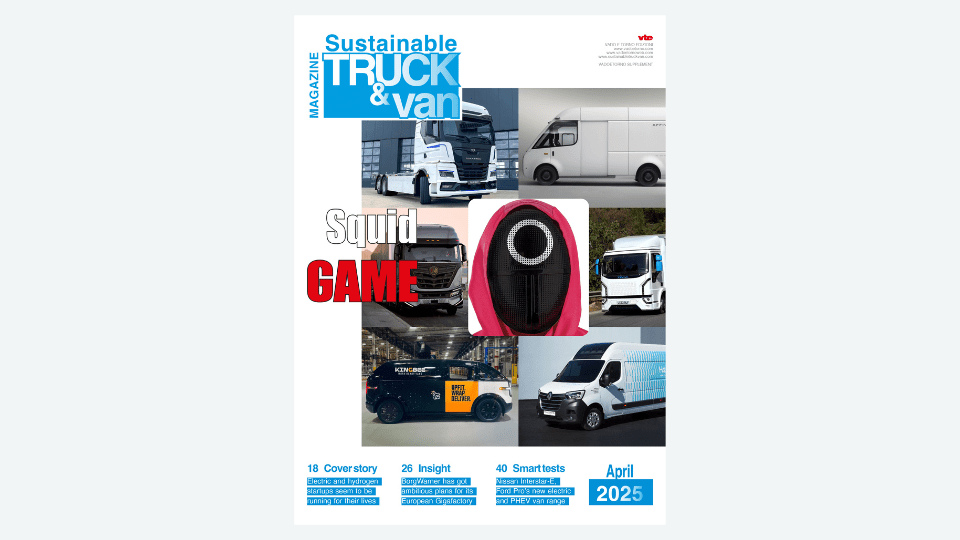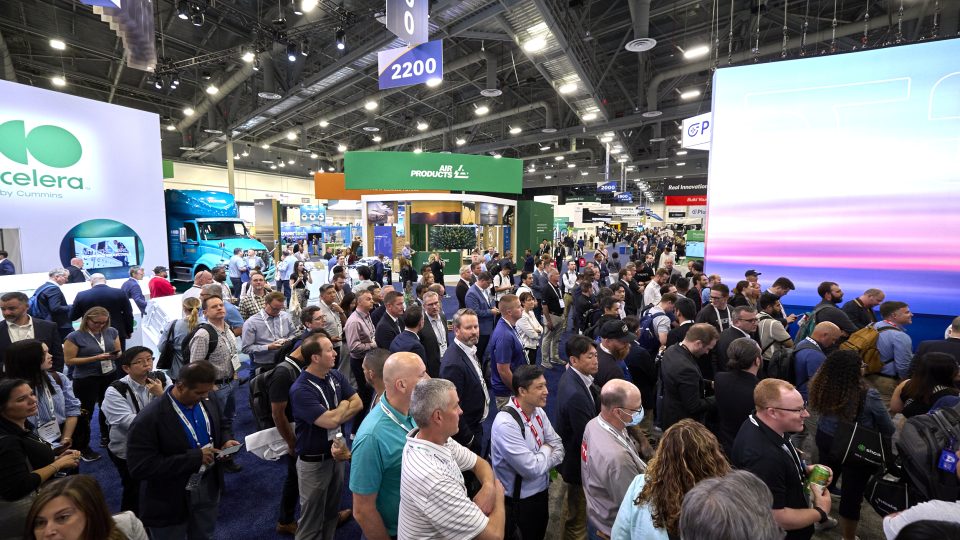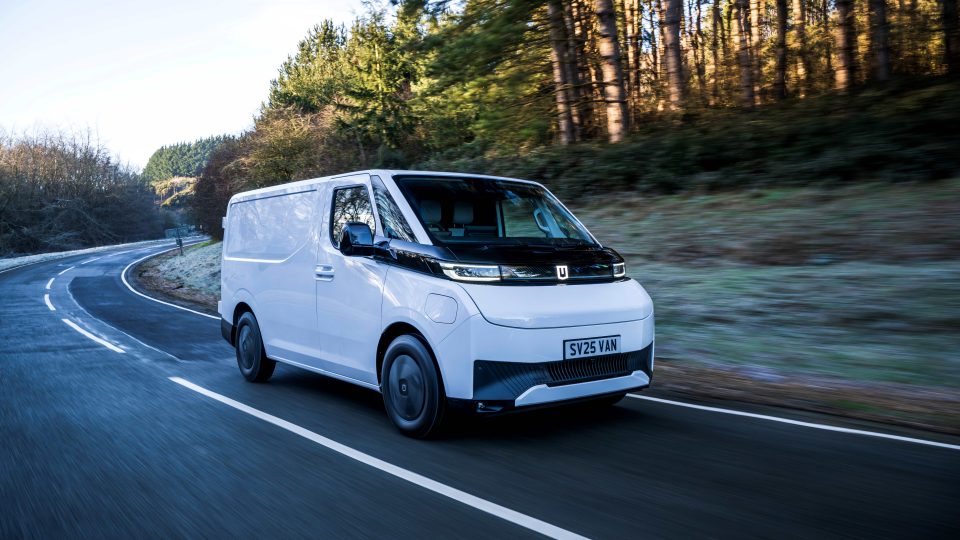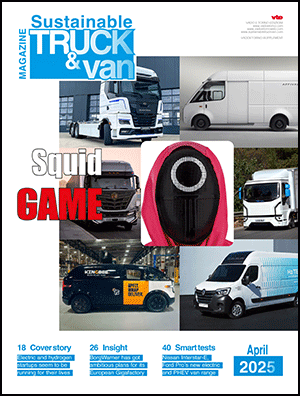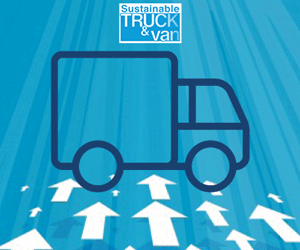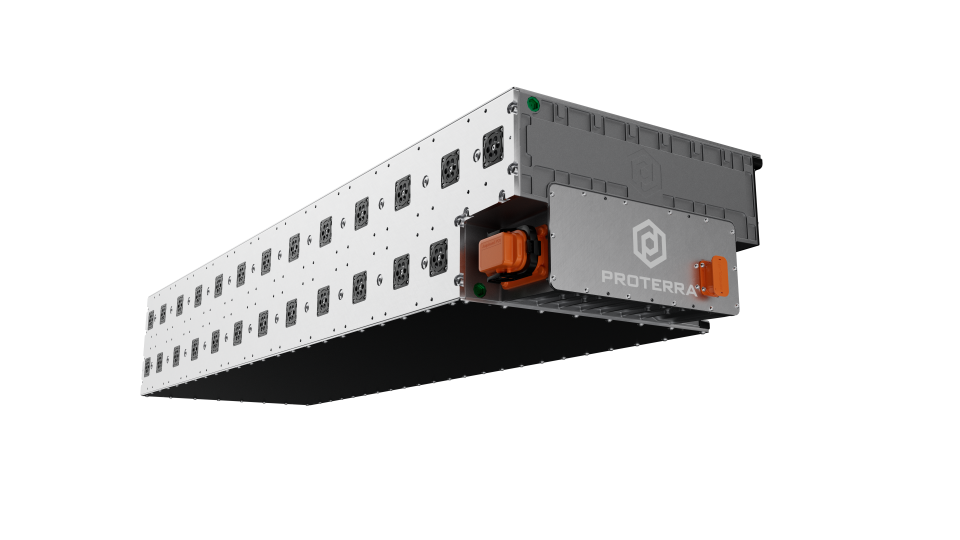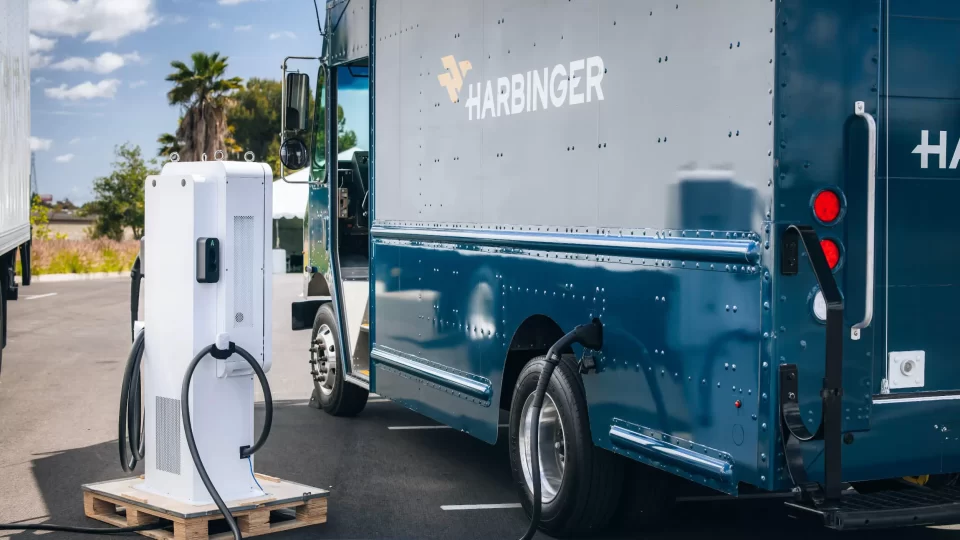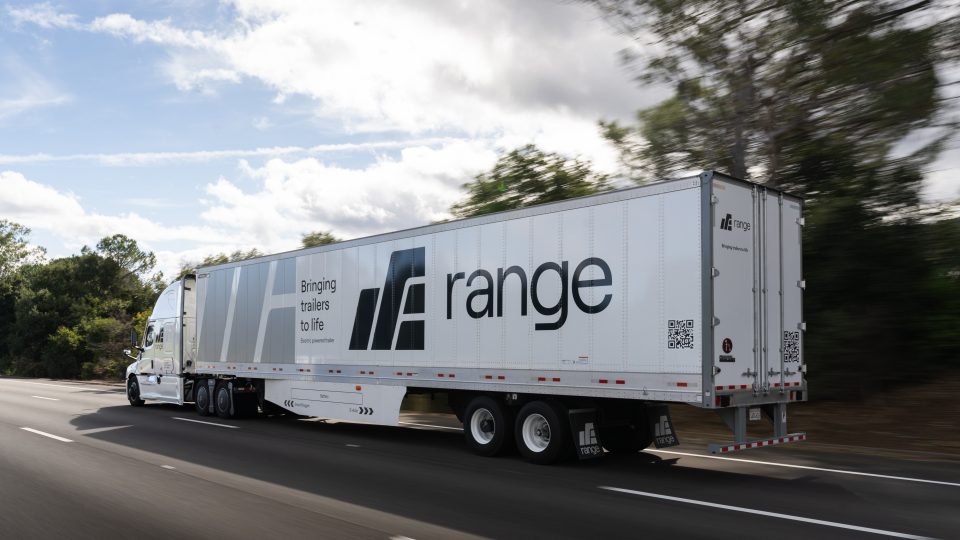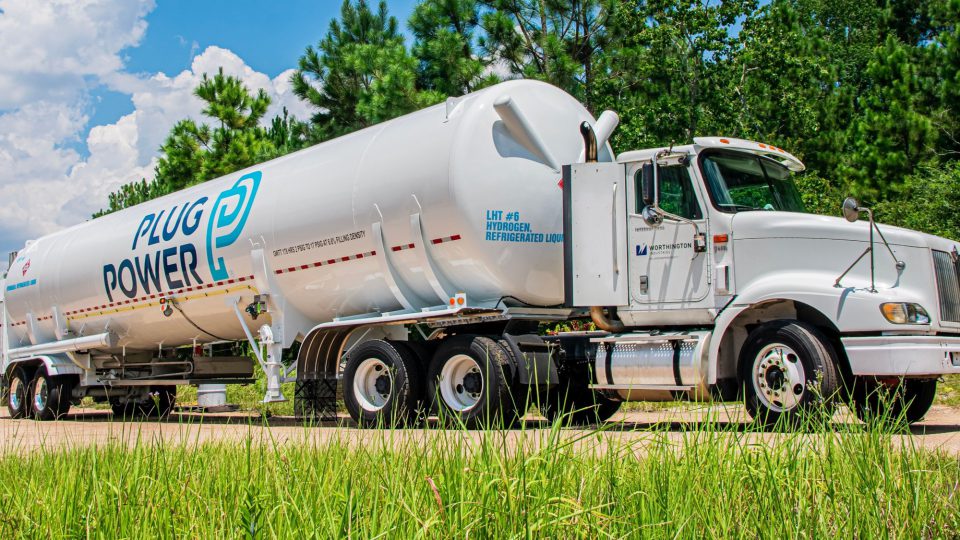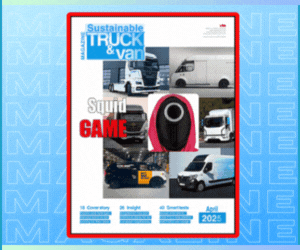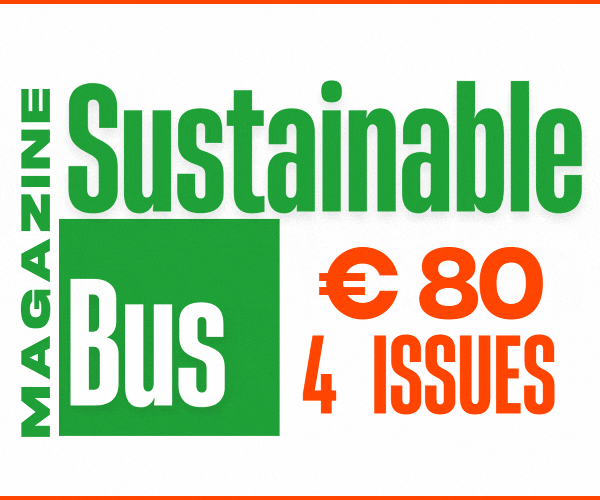Hydrogen, the SAG LH2 tank for trucks proven safe even in extreme conditions
The liquid hydrogen tank system for trucks developed by Austrian company SAG has reached a decisive milestone on the way to approval for road traffic. The key component passed the Bonfire test. This success "represents an important step in the development of safe hydrogen storage technologies for the mobility of the future".
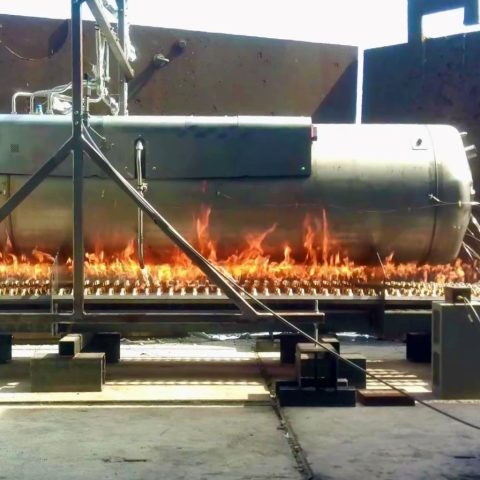
The liquid hydrogen tank system for trucks developed by Austrian company SAG has reached a decisive milestone on the way to approval for road traffic: the successful completion of the so-called Bonfire test.
The tank, which must be filled with liquid hydrogen (-253°C), is exposed to a fire with a temperature of up to 1000°C. This fire must act on the test specimen over the entire projected tank surface. In the course of the test, a situation (e.g. accident) is simulated in which the vehicle is exposed to an intense fire. The aim is to check whether the tank can withstand the high temperatures and whether inadmissible overpressure can be avoided. This is done by controlled, safer blowing off of hydrogen via the safety devices installed on the tank.
The SAG LH2 tank passed the so-called Bonfire test
The SAG LH2 tank was subjected to this fire load for more than two hours, without the tank showing any structural damage and the internal pressure was only close to the level to activate the installed safety devices. Thanks to the intensive cooperation with TÜV Rheinland in the preparation of the setting and in the execution of the test, it was possible to meet the requirements of the newly created, complex regulations. Based on Implementation Regulation (EU) Nr. 2021/535, the SAG LH2 tank system has been classified as safe in the event of an accident with fire.
“No hydrogen leakage was detected during the underfiring period which lasted more than two hours. Subsequently, the safety valves discharged the stored hydrogen in a controlled manner. We are more than satisfied with the result and can take away important learnings for the further development of our tank system. The same applies to the test procedures, as we are currently taking on a pioneering role in carrying out these tests”, commented Christian Eder, Project Manager Cryogenic Storage Systems at SAG Group.
With the successful passing of the Bonfire test, the SAG LH2 tank system has gone through the last outstanding test for the granting of type approval in accordance with European standards and is therefore ready for use in road traffic. This success represents an important step in the development of safe hydrogen storage technologies for the mobility of the future.
